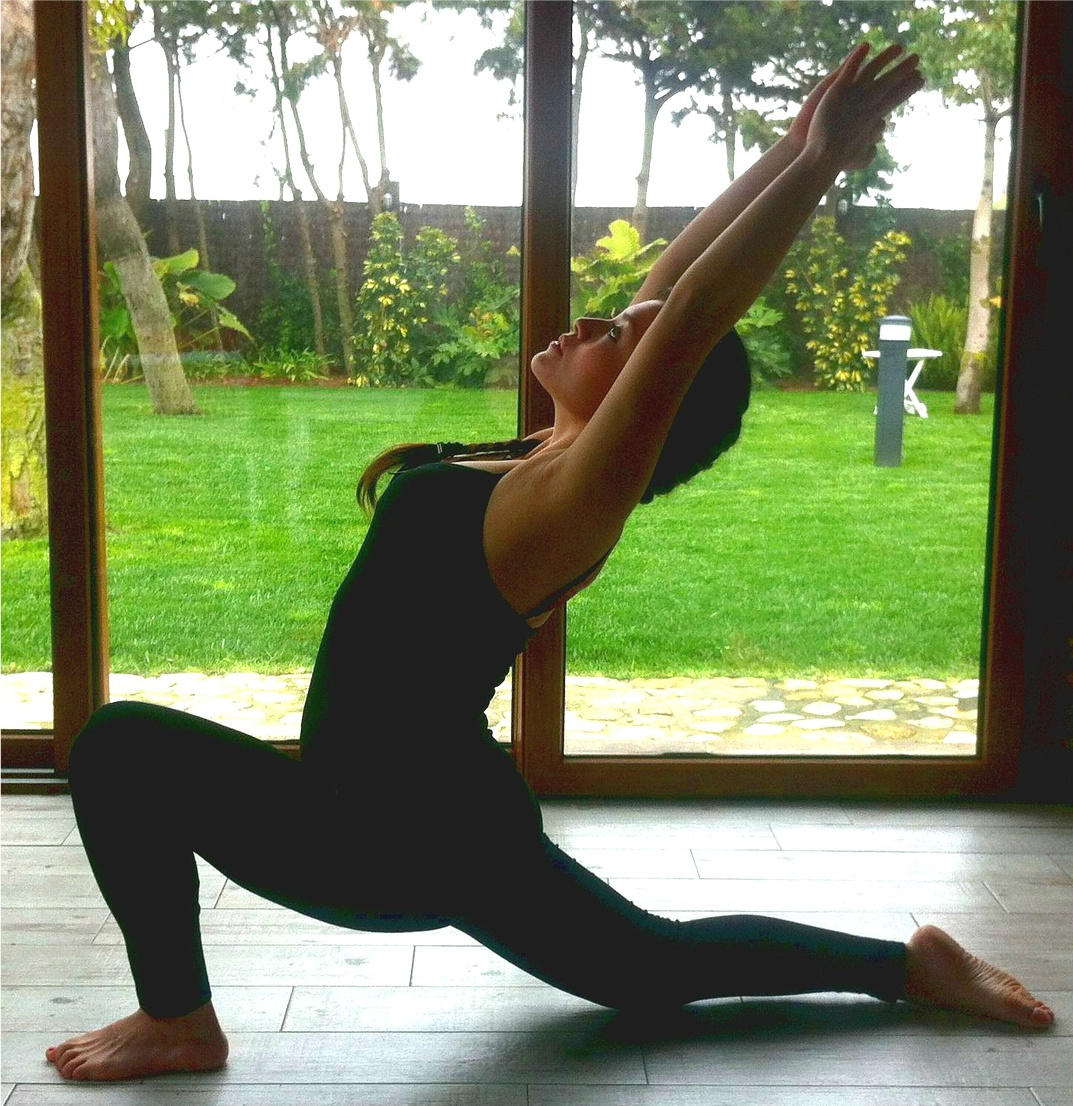

It is important to note that sun salutations are offered as a warm up, and challenging poses may be explored with variation. Hatha yoga is set at a slower pace than a vinyasa class, which can benefit many students. Is Hatha a form of Gentle Yoga?: Not always.Emphasis is placed on a meditative state with limited distraction. Room Temp, Lighting, and Sound: The hatha class is taught at room temperature with soft lighting and soft music.Savasana: The class ends with a silent or guided savasana.The sequence of poses is varied for each class. In addition, more challenging poses such as Boat or Camel may be practiced with variations so that students of all levels can benefit from the practice. Yoga poses such as Mountain Pose (Tadasana), the Warriors, balancing poses such as Tree or Eagle pose, and Twists such as Revolved Chair and seated twist are common. A combination of standing, seated, and supine poses will be explored with periods of rest.
#HATHA YOGA SERIES#
The Poses: The practice continues with a series of poses held for 5 to 10 breaths organized through the energy centers of the body from root (feet, standing) to crown (inversions).

Once sun salutations are completed, they are not returned to in the practice. Sun Salutations are generally done slowly and may not follow a “one breath, one movement” principle often experienced in vinyasa. Warm Ups: After meditation, a series of classical or gentle sun salutations may be used to warm up the body.Your teacher will lead you through this work as you focus the mind, recognize the breath, and create space for movement. Meditation & Breathwork (Pranayama): Hatha classes traditionally begin with meditation and breathwork.Hatha allows for more time in each pose to practice using breath to open up the pose, as well as consider how the mind responds to periods of stillness.īelow is a list of what to expect in a Hatha class. Emphasis is placed on the breath while holding poses statically for 5-10 breaths, then simply moving into the next pose. What differentiates hatha yoga from flow-style yoga is the absence of the flowing movements in and out of asana. So, chances are if you are currently practicing flow-style yoga, you are well-versed in the poses of hatha. In practical terms “hatha” is the foundation of all asana practices in yoga including vinyasa flow and power. The term “hatha” is traditionally defined as the “yoga of force”, which relates less to a forceful state and more to a state of discipline in the practice of asana (yoga poses). 300 Hour Advanced Yoga Teacher Training (Begins Jan.Kundalini Yoga with Sound Healing Workshop.
#HATHA YOGA FREE#


 0 kommentar(er)
0 kommentar(er)
